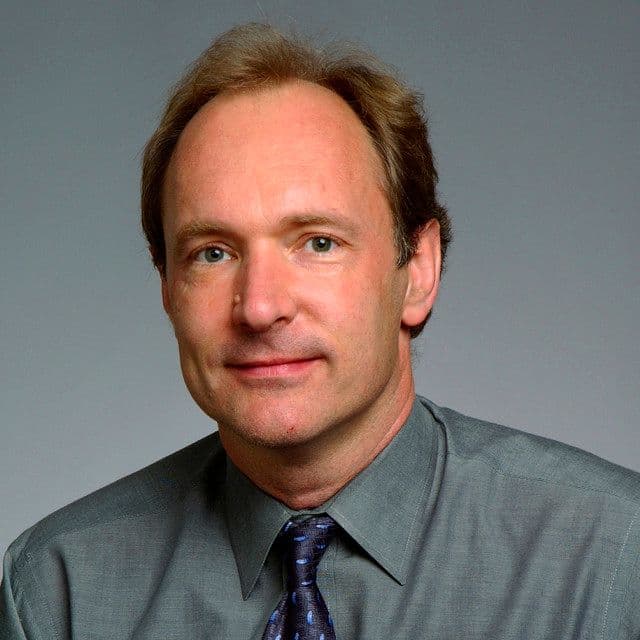Tim Berners-Lee

Published on 6/29/2025
Sir Tim Berners-Lee: Architect of the World Wide Web
Introduction
Sir Tim Berners-Lee is celebrated as the inventor of the World Wide Web, a revolutionary system that has transformed global communication, research, and commerce. Born in London in 1955, Berners-Lee combined a passion for computer science with a visionary belief in universal access to information. Over the past three decades, he has guided the evolution of web standards, championed open data, and defended civil liberties online. This blog post explores his early life, seminal contributions, ongoing advocacy, and the enduring legacy of his work.
Early Life and Education
Tim Berners-Lee was born on June 8, 1955, to two pioneering computer scientists, Mary Lee Woods and Conway Berners-Lee, who worked on the Ferranti Mark 1—the world’s first commercial electronic computer. Surrounded by technology from an early age, he learned programming on a Sinclair MK14 microcomputer and built his own machine in college. He earned a first-class degree in physics from The Queen’s College, Oxford, in 1976. While at Oxford, he demonstrated both curiosity and ingenuity, creating a prototype computer using a soldering iron, TTL gates, and an M6800 processor.
Inventing the World Wide Web
In 1989, while employed as a software engineer at CERN in Geneva, Berners-Lee proposed a global hypertext project to streamline information sharing among scientists. His 1989 proposal outlined three core components:
- HTML (HyperText Markup Language) – A syntax to create and structure web pages.
- URI (Uniform Resource Identifier) – A standardized addressing scheme for locating resources on the network.
- HTTP (HyperText Transfer Protocol) – A protocol for fetching linked resources across machines.
By 1990, he had implemented the first web browser, editor, and server on a NeXT workstation. On August 6, 1991, he launched the first public website, info.cern.ch, detailing the project and inviting global collaboration.
Advocacy and Leadership
Recognizing that interoperability and openness were essential for the Web’s growth, Berners-Lee founded the World Wide Web Consortium (W3C) at MIT in 1994. As W3C Director, he has overseen the development of standards such as XML, CSS, and ARIA accessibility guidelines, ensuring that web technologies remain inclusive and forward-compatible. Under his leadership, W3C has navigated the challenges of multimedia, mobile devices, and security, enabling an ever-expanding ecosystem of applications.
Continuing Impact and Initiatives
Beyond standards, Sir Tim has championed the Web as a public good. In 2009, he launched the World Wide Web Foundation to advance policies and tools promoting universal access, data privacy, and freedom of expression. He has testified before governments, spoken at the United Nations, and collaborated with organizations to combat digital monopolies and misinformation. His recent work on the Solid project seeks to decentralize personal data storage, returning control to users rather than corporations.
Legacy and Future Outlook
Tim Berners-Lee’s inventions underpin virtually every aspect of modern life—from online education and e-commerce to telemedicine and social networking. Knighted in 2004 and awarded the Turing Award in 2016, he remains an active voice in debates over artificial intelligence, Internet of Things, and blockchain. He advocates for an ethical Web built on principles of data sovereignty, transparency, and universal rights. As new technologies emerge, his vision of a connected, equitable Web continues to guide innovators and policymakers alike.
Conclusion
From a curious child tinkering with circuits to the visionary who brought the World Wide Web to life, Sir Tim Berners-Lee has profoundly shaped our digital era. His enduring commitment to openness, collaboration, and human-centric design reminds us that technology’s greatest potential emerges when it empowers people rather than corporations. As we chart the future of the Internet, his principles offer a roadmap for building a Web that serves the common good.
